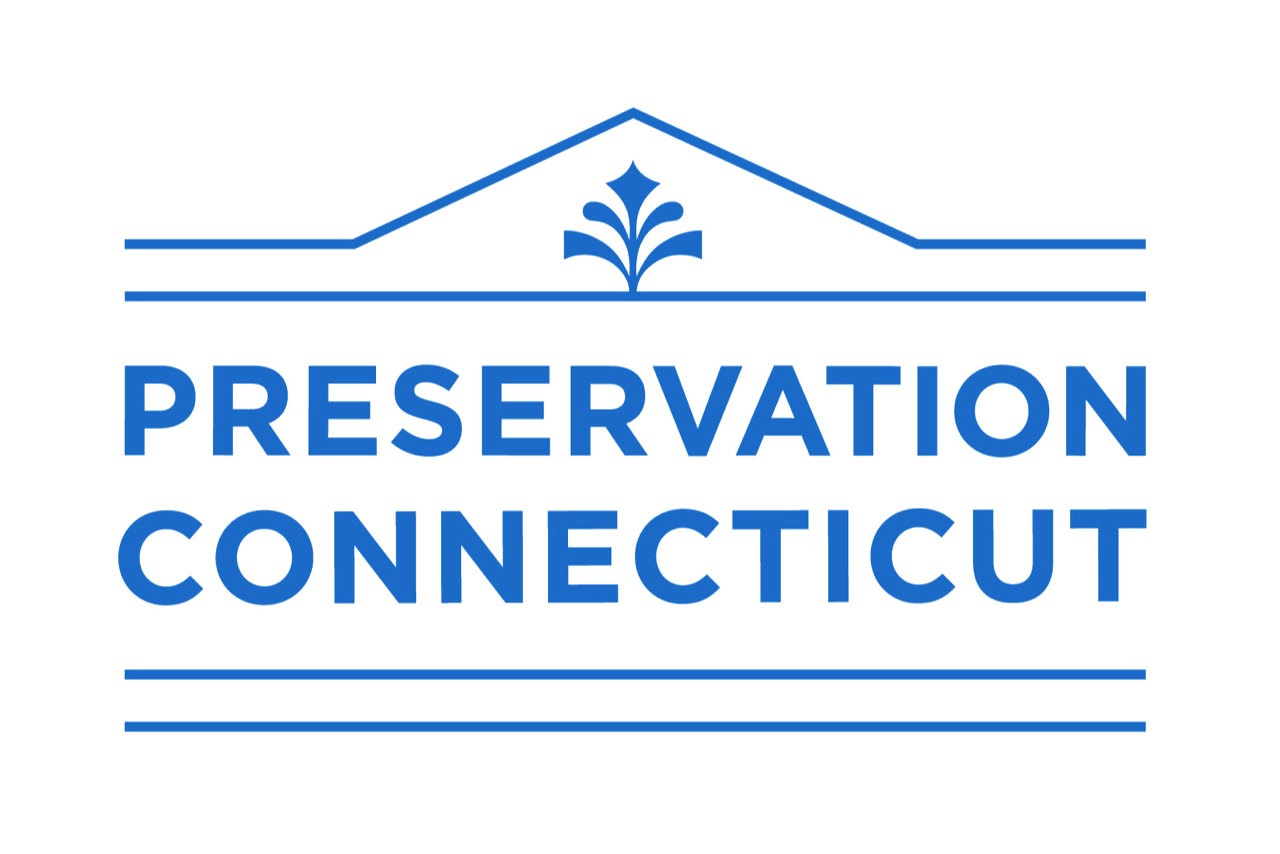State and Local Preservation Laws
The Community Investment Act (Public Act 05-228), passed in 2005, provides funding for open space, farmland preservation, historic preservation, and affordable housing. A portion of the funds dedicated to historic preservation is allotted to the Connecticut Trust for Historic Preservation (now Preservation Connecticut). The State Historic Preservation Office uses its allocation to fund Historic Restoration Fund grants, Survey and Planning grants, Supplemental Certified Local Government grants, and to provide Basic Operational Support.
Connecticut Environmental Policy Act (CEPA) enacted in 1971, (CGS 22a-1) is a state version of the national act that directs state agencies to evaluate the impact of proposed actions on the natural and cultural environment.
Connecticut Environmental Protection Act (CGS 22a-14 to 22a-19) gives every citizen the right to pursue legal recourse for the unreasonable destruction of the state’s natural resources such as air, water, and soil. In 1982, the General Assembly extended this right to include “historic structures and landmarks” (CT Public Act 81-177).
Local Historic Districts and Historic Properties (CGS 7-147) enables municipalities to designate historic districts and historic properties by ordinance, and to establish commissions which review and approve or deny alteration, demolition, or construction of buildings and other structures within their boundaries and are visible from a public street, way, or place.
Village District Zoning (CGS 8-2j) Village District Zoning (CGS § 8-2j) helps municipalities protect and preserve their community character and historic development patterns. The enabling statute allows cities and towns to designate “village districts” as a way of preserving neighborhoods, village centers, and business districts that have distinctive community character, notable landscape features, and historic structures.
Native American Heritage Advisory Council (CGS §10-382) was established to evaluate and make recommendations on the Native American heritage to the State Archaeologist and the Department of Economic and Community Development.
Designation of site as state archaeological preserve (CGS 10-384)The Department of Economic and Community Development, with the concurrence of the State Archaeologist, may examine sites and lands to determine if such sites or lands are of state or national archaeological importance and meet all the requirements for listing on the National Register (16 USC 470a) or the state register of historic places defined in section 10-410. Upon determination that any site or land investigated is of state or national archaeological importance, the department may declare such site or land to be a state archaeological preserve.
Permit for archaeological investigation on state lands (CGS 10-386) establishes a process for persons to conduct archaeological investigation on state lands or on a state archaeological preserve.
Historic Preservation Council (CGS 10-409) advises the Department of Economic and Community Development on matters related to historic preservation.
State grants-in-aid for restoration of historic structures and landmarks (CGS 10-411) establishes a program of grants-in-aid that may be made to owners of historic structures or landmarks in an amount not to exceed fifty per cent of the nonfederal share of the total cost of such acquisition, relocation, historic preservation, and restoration.
Tax credits for rehabilitation of historic homes and certified historic structures (CGS 10-416) establishes a program of tax credits that may be granted to owners of historic homes and structures.
